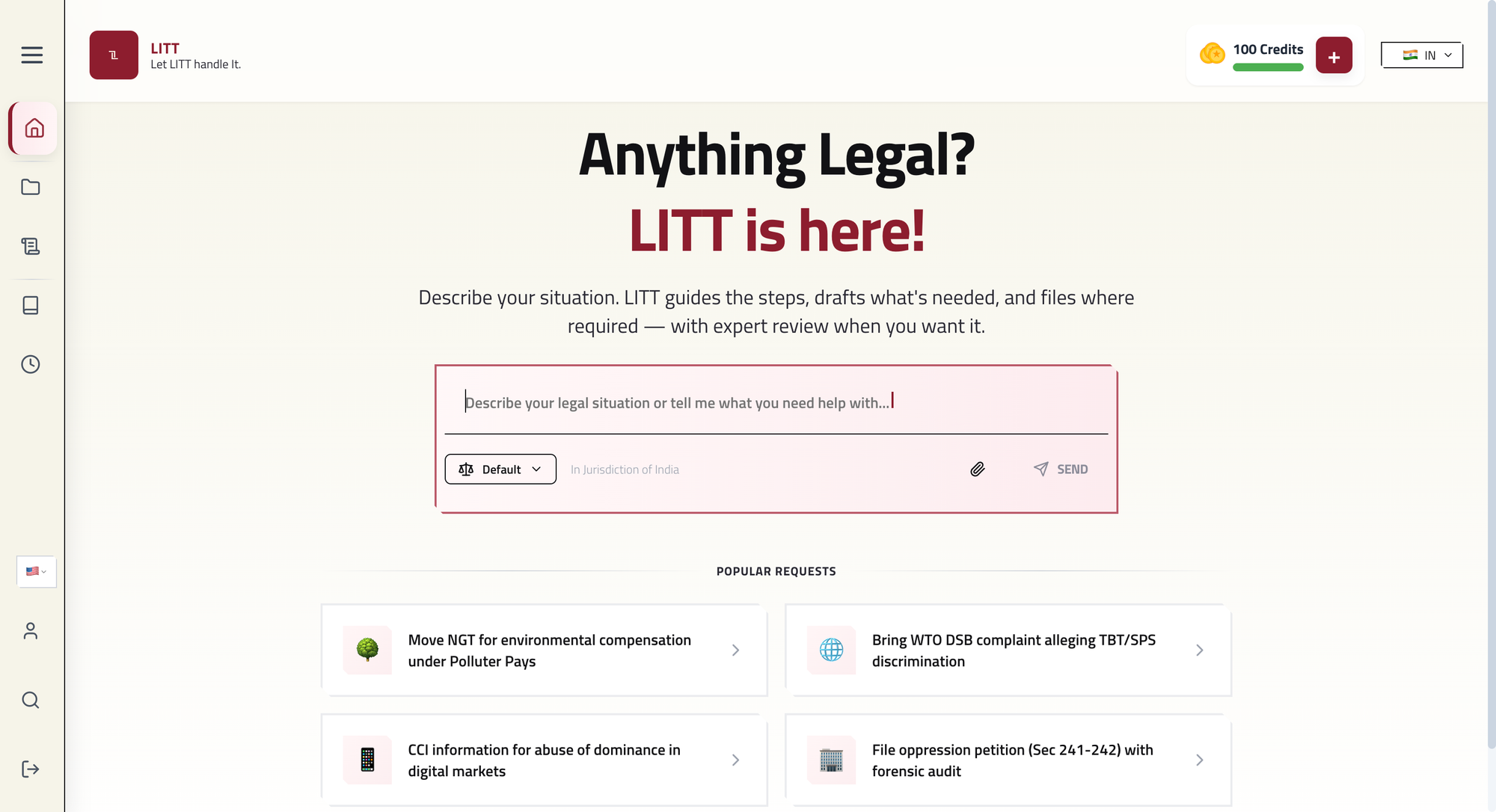This article provides a detailed overview of charges in company law as defined by Section 2(16) of the Companies Act 2013. It explains the concept of a charge, which is a lien on a company’s assets to secure debts, and distinguishes between fixed and floating charges. It covers the characteristics,

AI that prepares briefs and compliance checklists
Introduction
Section 2(16) of the Companies Act 2013 defines a “charge as an interest or lien created on the property or assets of a company or any of its undertakings or both as security and includes a mortgage”. A charge is essentially a claim or hold placed on a company’s assets to secure a debt or obligation. This can be anything from property and equipment to financial holdings, both within and outside of the country. Think of it as a financial safety net. When a company borrows money or issues debentures (a type of bond), and the loan needs to be secured, a charge is created over the company’s assets. This means that the lender has a legal right to claim those assets if the company fails to repay the loan.
Types of Charges
1. Fixed Charge
A fixed charge is essentially security interest attached to a specific asset or group of assets. The company cannot sell, transfer, or dispose of these assets without the lender’s permission. A mortgage is an example of a fixed charge in which the immovable property is kept as security. The pledge is an example of a fixed charge in the case of a movable property.
Characteristics of fixed charges
- Certainty of assets: The charge is explicitly defined and attached over specific identifiable assets
- Immobility: The company is barred from selling, transferring, or disposing of assets without the lender’s explicit consent.
- Priority: In the event of insolvency, fixed charges typically rank higher than floating charges in terms of repayment priority. This means the lender with the fixed charge is more likely to recover their money.
- Control: The lender has a degree of control over the charged assets. While they might not physically possess them, their consent is required for any major changes to the assets.
2. Floating Charge
As the term suggests, a floating charge is a security interest that floats over an ever-changing group of assets. For instance, Hypothecation is a floating charge since the borrower retains possession of the asset. This is a crucial characteristic of a floating charge, where the company continues to use its assets in the ordinary course of business.
A floating charge offers businesses more operational flexibility compared to a fixed charge. While a fixed charge provides more robust protection for the lender by securing specific assets, a floating charge allows a company greater freedom to manage and dispose of its assets. A company can deal with floating charges as per its whims and fancies, but once they get crystallized, they become a fixed charge.
Characteristics of floating charge
- Uncertainty of assets: The charge is not fixed over a certain identifiable asset or class of assets; rather, it keeps floating.
- Created on current assets: Floating charges are primarily created on current assets whose value keeps on changing. For example, stocks and goods.
- Dynamic: The assets covered by the floating charge can change over time. New assets can be added, and old ones can be removed.
- Flexibility: The company can use and dispose of assets freely within the normal course of business. This allows the company to operate without constant interference from the lender.
Crystallization of floating charges
Crystallization is when a floating charge becomes a fixed charge. This usually happens when a company can’t repay its loan or goes out of business. Once a floating charge becomes fixed, the lender has a stronger claim on the company’s assets. This means the company can no longer freely use or sell those assets.
Following are the circumstances under which a floating charge is generally crystallized:
1. Just and equitable grounds: If the court deems it fair and reasonable to protect the interests of creditors, it can order the crystallization of a floating charge. This often happens when the company has acted unfairly, or there’s a clear risk of dissipating assets.
2. Debenture holder or creditor has enforced the security: When the lender takes steps to enforce their security, such as appointing a receiver, the floating charge crystallizes. This signifies the lender’s intention to protect their interests and secure the debt.
3. Cessation of the company’s business: If the company stops operating, the floating charge typically crystallizes. This protects the lender’s position as the company’s assets become fixed and less likely to be dispersed.
4. The company goes into liquidation: The most common scenario for crystallization occurs when a company enters liquidation (winding up). This marks the end of the company’s life and triggers the conversion of floating charges into fixed charges to facilitate the distribution of assets among creditors.
Effects of crystallization of floating charges
- Priority over other equitable charge holders: If multiple lenders have charges over the same assets, the holder of the crystallized floating charge will typically be repaid first from the asset sale proceeds.
- Priority over unsecured creditors: This means that the lender holding the charge is more likely to recover their debt compared to creditors who do not have a security interest in the company’s assets.
Invalidity of floating charges
As per Section 332 of the Companies Act, 2013, a floating charge created within twelve months before a company enters liquidation is generally invalid unless it can be proven that the company was financially stable immediately after creating the charge.
Registration of charges
Section 77 of the Companies Act provides for registration of charges. The following are the requirements for the registration of charges:
- A charge has to be registered within 30 days from its creation.
- If a company fails to register charges within 30 days, another 30 days will be provided along with additional fees.
- If the company still fails to register charges within 60 days, 60 days will be provided with ad valorem (price based on value of assets) fees.
- If the company fails to secure a charge even after 120 days, it will be deemed unsecured.
Effects of non-registration of charges
The non-registration of charges can have severe consequences:
- The lender shall be treated as an unsecured creditor.
- In liquidation, the charge is ignored, and the creditor holding the charge is treated as an unsecured creditor. Therefore, it is deemed void against the liquidator and creditors.
- The company and its officers can be liable for significant penalties.
Conclusion
Charges are a fundamental aspect of corporate finance, serving as a crucial mechanism for securing debts. Understanding the nuances between fixed and floating charges is essential for stakeholders, including lenders, investors, and company management.
The timely and accurate registration of charges is paramount to protect the interests of creditors and maintain the company’s financial integrity. Non-compliance with registration requirements can lead to severe consequences, including loss of priority and potential penalties. A comprehensive grasp of charge-related laws is vital for navigating the complexities of corporate finance and risk management.


